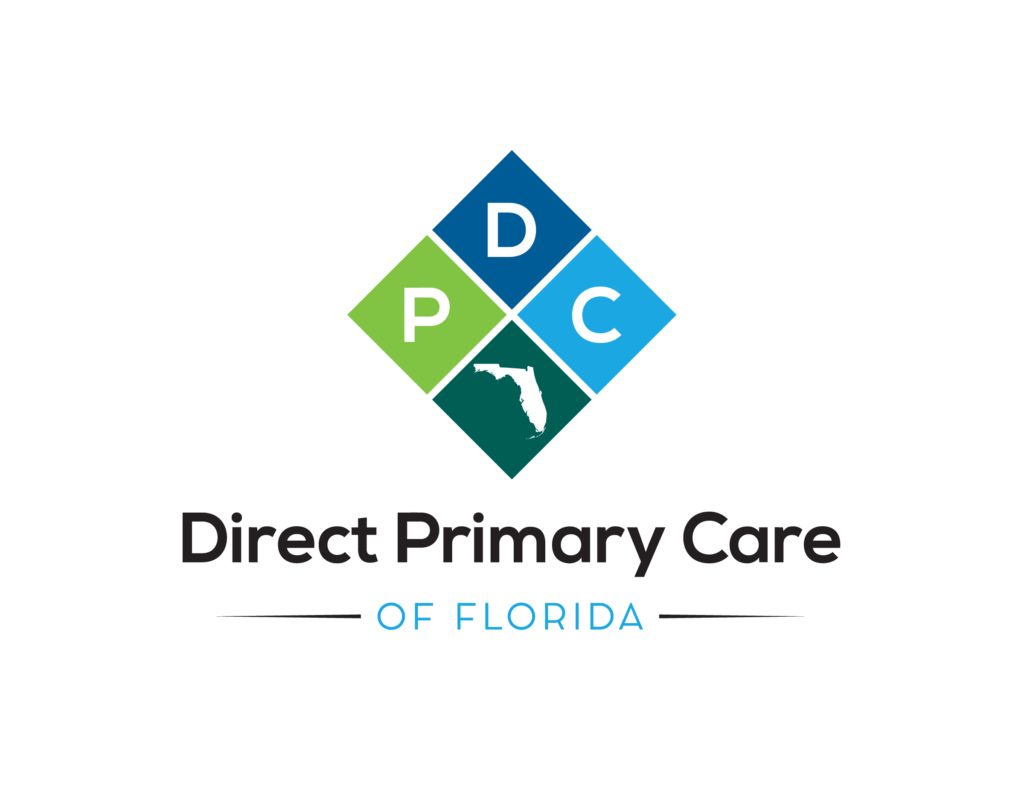Direct Primary Care for Employers
Boost Employee Retention & Save Healthcare Costs
✨ A Complete Guide to Transformative Employee Benefits
Can Employers Offer Direct Primary Care to Employees?
Yes! Employers can and should offer Direct Primary Care (DPC) as a powerful employee benefit.
DPC memberships are a transformative healthcare solution for businesses of all sizes, leading to a healthier workforce and significant cost savings.
🆕 2025 UPDATE
The term “Big Beautiful Bill” isn’t an official legislative title, but it’s most commonly associated with the Consolidated Appropriations Act, 2021 (CAA). This massive spending bill contained several crucial healthcare provisions.
The most significant change for employers regarding DPC and Health Reimbursement Arrangements (HRAs) actually came a year earlier, with regulations stemming from an Executive Order. However, the CAA strengthened and clarified these rules.
The Key Legislation & Regulations
1
June 2019 Executive Order
This was the starting point. President Trump issued an order directing federal agencies to propose rules that would expand access to HRAs.
2
IRS Notice 2019-45 (July 2019) & Final HRA Rules (2020)
In response to the order, the IRS issued a notice that provided a huge win for DPC. It expanded the list of allowable medical expenses that could be reimbursed through Health Savings Accounts (HSAs) and Health Reimbursement Arrangements (HRAs).
🎯 The Critical Change:
This notice added “Direct Primary Care (DPC) arrangements” to the list of qualified medical expenses under IRS Code Section 213(d). This meant individuals could use their HSA funds to pay for DPC membership fees without tax penalties.
The Department of Labor and IRS then finalized rules creating new types of HRAs, most notably the Individual Coverage HRA (ICHRA).
3
Consolidated Appropriations Act, 2021 (CAA – the “Big Beautiful Bill”)
- • This act codified and reinforced the principles from the 2019/2020 rules into law, making them more permanent and difficult to reverse.
- • It explicitly confirmed that DPC fees are a qualified medical expense for HSAs and HRAs.
- • It also included transparency and reporting requirements for healthcare costs, which aligns perfectly with the DPC model’s upfront pricing.
How This Allows Employers to Use “DPC Money”
The Problem Before These Changes:
If employers reimbursed employees for a DPC membership, the IRS could consider it a group health plan, subjecting it to complex and costly regulations (like ERISA and ACA mandates).
The Solution:
The new rules solved this by creating a clear, legal pathway through specialized HRA arrangements.
1. The Individual Coverage HRA (ICHRA)
This is the primary vehicle for employers. An ICHRA is a tax-advantaged account funded by the employer to reimburse employees for their own individual health insurance premiums and other qualified medical expenses—which now explicitly includes DPC membership fees.
How it works:
1
The employer sets up an ICHRA and defines a budget for each employee (e.g., $300/month).
2
The employee uses that money to shop for an individual health insurance plan that fits their needs and a DPC membership.
3
The employee pays for their DPC membership and submits the receipt for tax-free reimbursement from the ICHRA.
💼 Benefit for Employers:
It’s defined-contribution healthcare. The employer controls costs while offering a flexible, valuable benefit. It is not considered a group health plan, so it avoids those regulatory burdens.
2. The Qualified Small Employer HRA (QSEHRA)
- • Designed for businesses with fewer than 50 full-time employees
- • It works similarly to an ICHRA but has annual contribution limits
- • DPC fees are a qualified expense under a QSEHRA
Ready to Transform Your Employee Benefits?
Discover how Direct Primary Care can revolutionize your workplace healthcare strategy.







